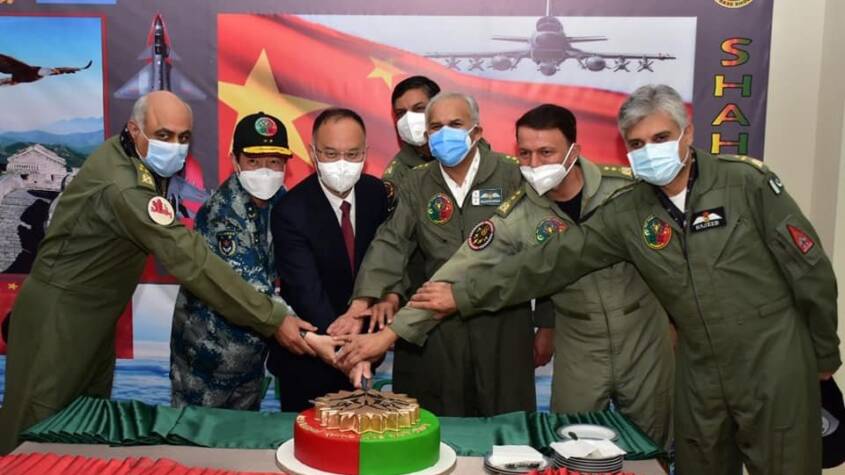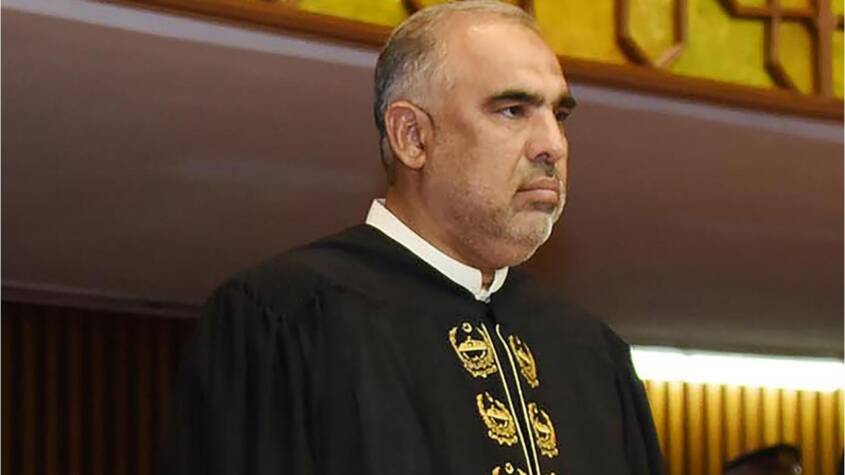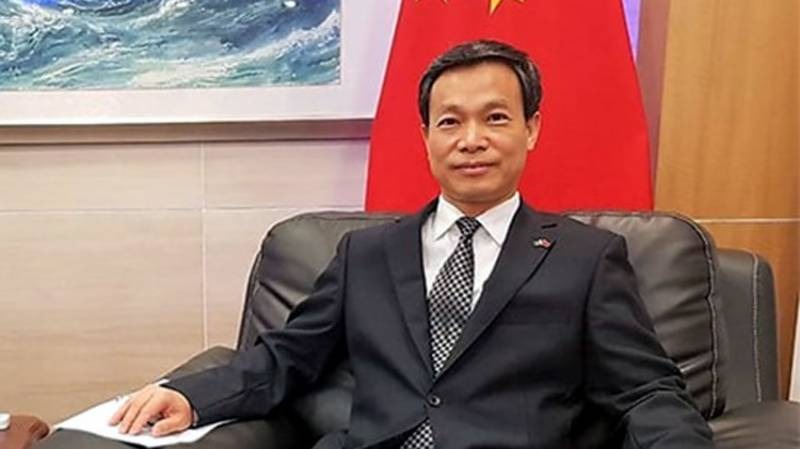Introduction
The China-Pakistan Economic Corridor (CPEC) has emerged as a transformative initiative amidst significant challenges, both domestic and international. As a flagship project of China’s Belt and Road Initiative (BRI), CPEC holds immense strategic importance and has faced persistent scrutiny and misinformation campaigns, particularly from Western powers. Despite these challenges, CPEC continues to reshape Pakistan’s economic landscape and deepen the bilateral relationship between China and Pakistan.
Strategic Importance of CPEC
CPEC is uniquely positioned as the only North-South Corridor among the six proposed corridors under the BRI. Spanning over 3,000 kilometers, it connects Gwadar Port on the Arabian Sea with Xinjiang in China, passing through Pakistan’s resource-rich provinces. This geographic advantage provides China with a shorter and more secure trade route to the Middle East, Africa and Europe, bypassing the maritime choke point of the Strait of Malacca.
The strategic significance of CPEC has drawn both admiration and concern globally. Western nations have raised geopolitical alarms, viewing CPEC as a Chinese effort to expand its influence through debt-trap diplomacy. In contrast, China and Pakistan portray CPEC as a mutually beneficial partnership aimed at fostering regional connectivity, economic development and stability.
Economic Impact of CPEC on Pakistan
Since its inception, CPEC has catalyzed Pakistan’s economic growth by addressing critical infrastructure deficits and energy shortages. China’s investment, totaling nearly $35 billion, has primarily focused on energy projects, roads, ports and special economic zones (SEZs). This investment has not only modernized Pakistan’s infrastructure but also created thousands of jobs, particularly in construction and related industries.
One of the notable achievements of CPEC has been the alleviation of Pakistan’s chronic energy crisis. Projects such as the Sahiwal and Port Qasim coal-fired power plants, as well as the Karot and Suki Kinari hydropower projects, have significantly enhanced Pakistan’s electricity generation capacity. This has not only improved the quality of life for millions of Pakistanis but also bolstered industrial productivity and attracted foreign investment.
Infrastructure development under CPEC extends beyond energy. Projects like the Gwadar Port, Gwadar International Airport and various highways and railways have enhanced Pakistan’s connectivity both domestically and internationally. The development of SEZs in areas such as Rashakai, Dhabeji, and Faisalabad aims to promote industrialization, attract foreign direct investment (FDI) and create employment opportunities.
Strategic Cooperation and Diplomatic Implications
China and Pakistan have historically maintained a strong strategic partnership, characterized by mutual trust and support on issues of regional and international significance. CPEC has reinforced this alliance by deepening economic ties and facilitating extensive people-to-people exchanges. Cultural diplomacy and educational collaborations, including scholarships and cultural exchange programs, have further strengthened bilateral relations.
The geopolitical implications of CPEC extend beyond economic cooperation. The corridor has the potential to reshape regional dynamics by integrating South Asia with Central Asia and the Middle East through enhanced trade and infrastructure connectivity. This integration not only benefits Pakistan and China but also promotes stability and prosperity across the broader region.
Challenges and Criticisms
Despite its transformative potential, CPEC has not been without challenges and criticisms. Concerns over debt sustainability, environmental impact, transparency in project implementation and equitable distribution of benefits have been raised by various stakeholders, including domestic critics and international observers. Pakistan’s domestic political and security challenges have also posed obstacles to the smooth execution of CPEC projects.
Critics argue that CPEC projects primarily benefit Chinese companies and workers, potentially leading to a lopsided economic relationship. They also highlight the environmental consequences of large-scale infrastructure projects and the potential for social disruption in local communities. Addressing these concerns is crucial for ensuring that CPEC’s benefits are inclusive and sustainable for all stakeholders, particularly Pakistan’s populace.
Future Prospects and Strategic Goals
Looking ahead, both China and Pakistan are committed to enhancing CPEC’s impact and ensuring its long-term sustainability. The second phase of CPEC aims to focus on industrial cooperation, agriculture, science and technology, and digital infrastructure. Special emphasis is placed on expanding SEZs, upgrading transport networks, and promoting technological innovation to foster economic diversification and job creation.
The recent visit of Prime Minister Shehbaz Sharif to Beijing underscored both countries’ determination to accelerate CPEC’s development and realize its full potential. Agreements on industrial cooperation, agriculture modernization and technological exchange signal a deeper commitment to mutual prosperity and regional stability. Furthermore, initiatives like the Green Corridor and Livelihood-Enhancing Corridor emphasize sustainable development practices and poverty alleviation.
Conclusion
In conclusion, CPEC represents a paradigm shift in China-Pakistan relations and regional cooperation under the broader framework of the BRI. Despite facing geopolitical challenges and domestic criticisms, CPEC has demonstrated its potential to transform Pakistan’s economy, upgrade infrastructure and strengthen bilateral ties. By leveraging strategic cooperation, transparent governance and sustainable development practices, CPEC can continue to serve as a catalyst for economic growth and regional integration.
As Pakistan strives to achieve upper-middle-income status by 2025, the successful implementation of CPEC projects will be critical. It is imperative for policymakers in both countries to address challenges proactively, ensure equitable distribution of benefits and promote inclusive development. With mutual commitment and international collaboration, CPEC can pave the way for a shared future of prosperity, connectivity and peace in the region.

















